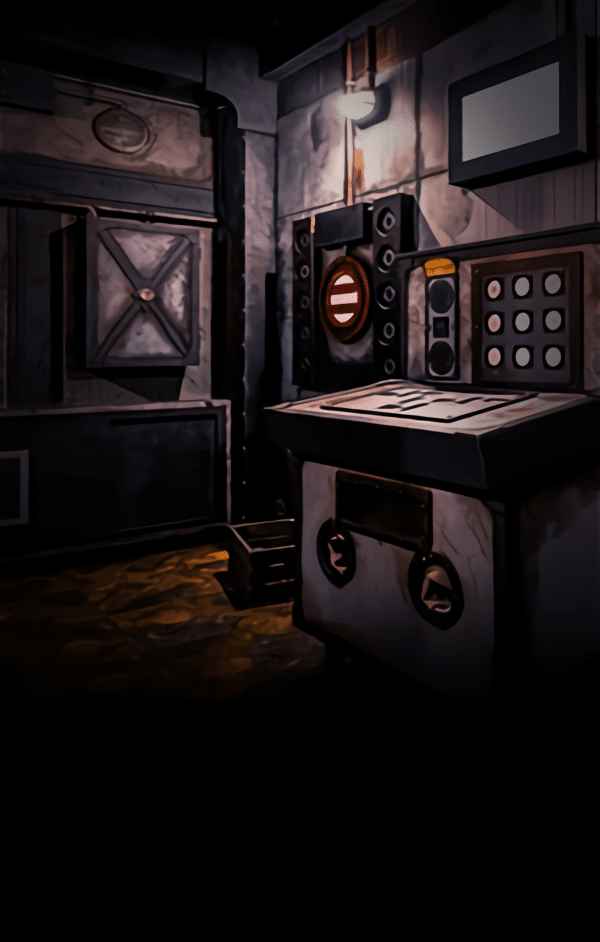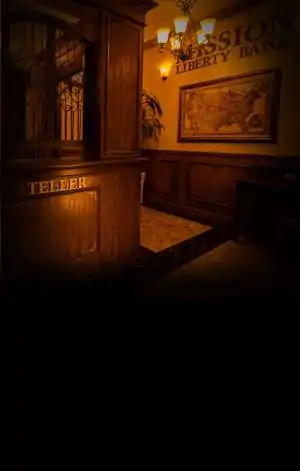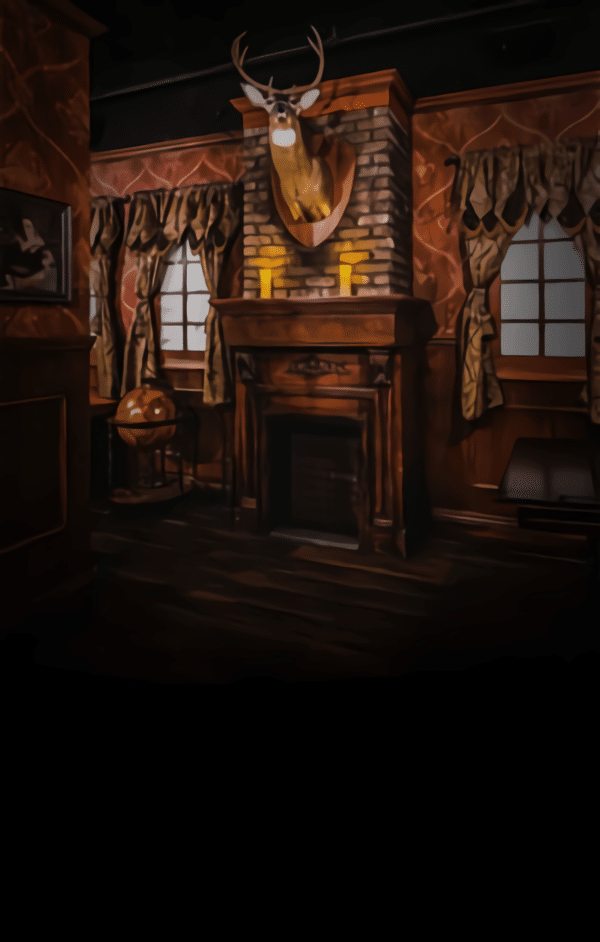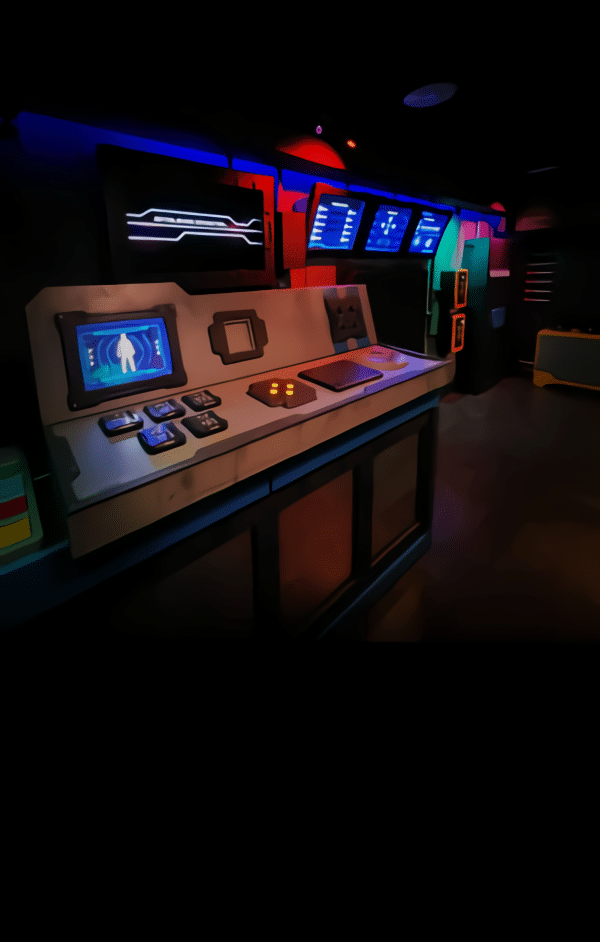What Is the Success Rate of the Best Escape Room NYC?
Understanding Escape Room Success Rates
Escape rooms have grown into one of the most popular forms of entertainment for friends, families, and corporate groups. One of the key metrics enthusiasts and first-time players alike are curious about is the success rate—the percentage of players who manage to “escape” a room within the allotted time. But what does this number really mean, and how does it reflect the quality of the experience?
In this article, we’ll explore the success rate of the best escape room NYC has to offer: Mission Escape Games. We’ll examine what factors affect escape rates, how Mission Escape Games designs their experiences for balance, and what these statistics mean for different types of players.
Meet Mission Escape Games: NYC’s Top-Rated Escape Room
Before diving into statistics, it’s important to know why Mission Escape Games is considered the best in New York City. Located in Midtown Manhattan, this escape room venue is renowned for its immersive storytelling, clever puzzles, and meticulously crafted rooms that cater to a wide range of players—from beginners to hardcore enthusiasts.
Mission Escape Games has been featured in TimeOut New York, USA Today, and CBS News, earning accolades for its attention to detail, friendly staff, and unforgettable gameplay. The company offers a variety of themed rooms, including:
-
Escape the Hydeout (a Victorian mystery)
-
End of Days (an apocalyptic scenario)
-
Cyberpunk Crisis (a high-tech, futuristic mission)
-
Escape the Nemesis (a horror-themed thriller)
Each room has its own success rate, offering a unique challenge tailored to different group dynamics.
What Is a Typical Escape Room Success Rate?
Across the escape room industry, success rates vary widely depending on the room’s difficulty level, design complexity, and the team’s experience. However, the average success rate hovers between 20% and 40%. That means most escape rooms are built to be challenging—but not impossible.
At Mission Escape Games, the design philosophy is to keep rooms challenging enough to feel rewarding, but fair enough that most players can enjoy real progress, even if they don’t escape.
Here’s a breakdown of typical success rates at Mission Escape Games:
-
Escape the Hydeout: ~38%
-
Cyberpunk Crisis: ~30%
-
End of Days: ~25%
-
Escape the Nemesis: ~20% (due to horror and time-pressure elements)
These rates reflect a strong emphasis on challenge and immersion while still providing a fair and engaging experience for most groups.
Factors That Influence Success Rates
Not every team approaches an escape room the same way. Several factors influence whether a group will beat the clock. At Mission Escape Games, the staff recognizes these and adjusts game master support accordingly.
1. Team Size
Larger teams can divide and conquer puzzles more effectively. Mission Escape Games recommends 3–6 players for optimal results, though smaller teams can also perform well with strong communication.
2. Experience Level
First-timers often spend time adjusting to escape room logic. Veterans, on the other hand, tend to identify patterns and strategies more quickly. Mission Escape Games caters to both by offering rooms with adjustable hint options.
3. Hint Usage
Teams that ask for hints strategically tend to perform better. GMs at Mission Escape Games monitor progress and can step in when necessary—but only if the team requests it.
4. Room Complexity
Some rooms are linear, meaning one puzzle leads directly to another. Others are non-linear, requiring multiple puzzles to be solved simultaneously. The more non-linear the design, the lower the escape rate tends to be.
Game Masters and Their Role in Your Success
At Mission Escape Games, every group is assigned a Game Master (GM) whose job is to monitor, assist, and enhance the experience. While success ultimately depends on the players, GMs play a crucial behind-the-scenes role in helping teams navigate roadblocks.
-
GMs provide on-demand hints that can nudge players in the right direction.
-
They monitor your progress in real time via camera and audio, ensuring a safe and smooth experience.
-
GMs are trained to adapt their level of support depending on how close or far the group is from a breakthrough.
This balance ensures players stay immersed while still feeling guided—not hand-held.
How Mission Escape Games Designs for Balanced Difficulty
One of the secrets behind Mission Escape Games’ industry-leading status is their approach to puzzle design. Rather than creating arbitrarily difficult challenges, each room is structured around a story that organically leads players through the experience.
Design elements that contribute to balanced success rates include:
-
Progressive difficulty curves: Easier puzzles come first to help teams build confidence.
-
Multiple puzzle types: From logic and math to visual and tactile challenges.
-
Narrative-driven tasks: Clues and solutions are grounded in the story, making them easier to contextualize.
-
Intelligent tech integration: From magnetic locks to motion sensors, each tech element enhances immersion without over-complicating gameplay.
This balance ensures that even if players don’t “escape,” they leave feeling accomplished and entertained.
Can You Beat the Odds?
Despite the stats, many players walk away from Mission Escape Games triumphant—and even more leave with a sense of fulfillment, whether they escaped or not. Here are some tips to boost your chances:
-
Communicate constantly: Share everything you find.
-
Divide and conquer: Spread out to find clues faster.
-
Don’t overthink: Sometimes the simplest solution is the right one.
-
Keep an eye on the clock: Time management is key.
-
Use your hints wisely: Don’t wait too long to ask for help.
Even if you don’t escape, Mission Escape Games offers a full debrief afterward, allowing you to see what you missed and learn from the experience.
What the Success Rate Really Means for You
At the end of the day, the success rate is just one metric in the larger escape room experience. For Mission Escape Games, it’s not just about whether you escape—it’s about how much fun you have along the way. A lower success rate doesn’t mean failure; it means the challenge is real, and the reward is worth it.
High-quality escape rooms like those at Mission Escape Games are designed to test your logic, creativity, and teamwork in ways that few other activities can. Whether you “win” or not, the goal is to engage your brain, laugh with your friends, and step into a world of adventure.
Conclusion
So, what is the success rate of the best escape room in NYC? At Mission Escape Games, it’s purposefully balanced to deliver challenge, suspense, and satisfaction. With most rooms having success rates between 20% and 40%, you’re signing up for an exciting, thoughtful, and unpredictable adventure.
Whether you’re planning your first escape room or you’re a seasoned puzzler chasing your next high, Mission Escape Games offers an experience where the success rate is just part of the story—because the real victory is the journey itself.
Frequently Asked Questions
Q: What’s the easiest room at Mission Escape Games for a high success rate?
A: “Escape the Hydeout” typically has the highest success rate at around 38%, making it ideal for beginners or casual players.
Q: How long do we have to complete the room?
A: Each escape room at Mission Escape Games gives you 60 minutes to escape.
Q: Do hints affect our success rate?
A: No, using hints doesn’t penalize your team or affect your recorded success. They’re there to support your experience.
Q: Can we play with fewer than four people and still escape?
A: Yes, though smaller teams may find it more challenging. The rooms are scalable, but communication and teamwork become even more important.
Q: What happens if we don’t escape in time?
A: The Game Master will walk you through the puzzles you missed, explain the solutions, and offer insight into how your team performed.









